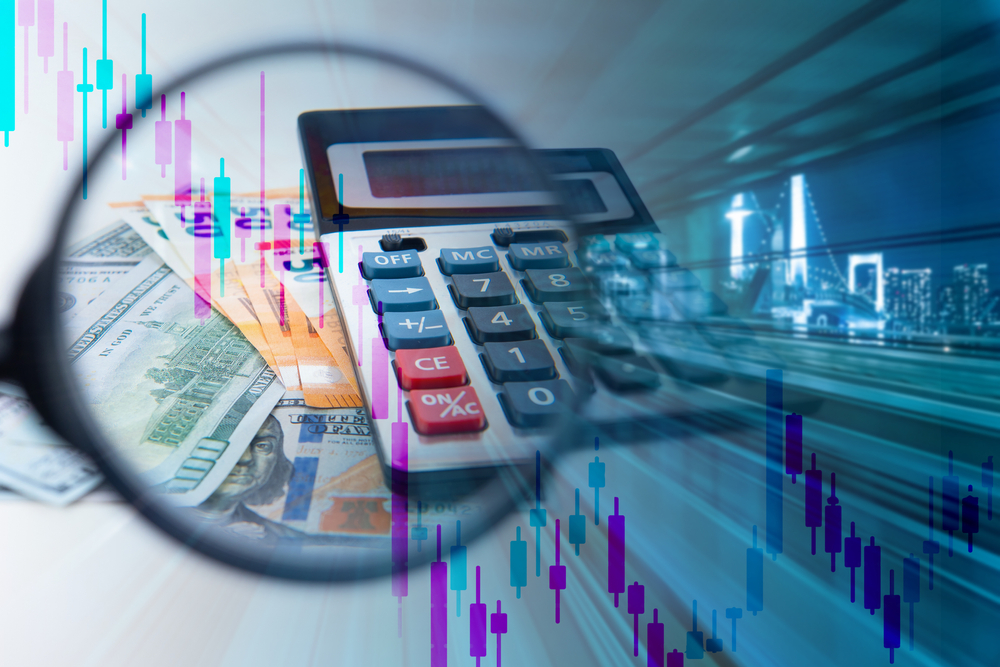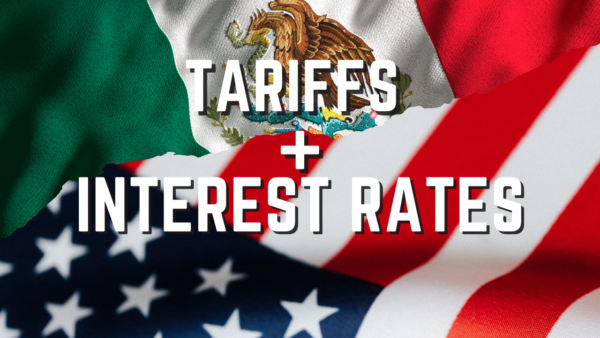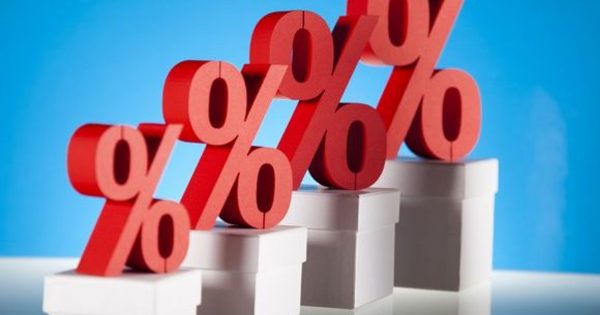Despite strong consumer spending recently, disposable income has declined for three consecutive months.
GDP (Gross Domestic Product) grew a robust 4.9% in the third quarter of 2023. This included a 4.0% increase in real consumer spending and a 3.9% gain in residential investment, the first increase since the first quarter of 2021. Inventory accumulation boosted growth by 1.3%. For various reasons, GDP growth will likely be substantially lower in the coming quarters. Some of this simply reflects the volatility that is normal for quarterly data.
Inventories grew at an unsustainable rate in the third quarter and will likely make a negative contribution over the next two or three quarters. Consumers financed the jump in consumption by sharply lowering their savings rate, which is also an unsustainable development.
Residential investment increased in the third quarter after a prolonged and sharp decline. This too is probably unsustainable in light of recent increases in mortgage rates. Finally, output in the auto industry will be down substantially in the fourth quarter because of the October auto workers’ strike.
While consumer spending has been strong in recent months, real disposable income edged down 0.1% in September, its third consecutive decline. The personal saving rate dropped to 3.4% from 4.0% in August. It has declined by almost 2% in just four months. This highlights one of the elements of unsustainability in the growth seen in the third quarter. Even if job and income growth accelerate in the coming months, consumers will have to take a breather from the unsustainable consumption growth we have seen recently.
GDP Quarterly Volatility
A certain amount of quarterly volatility is normal in the GDP data and what we have seen so far this year is much less than the volatility of recent years. The shocks from COVID-19 and the Russian invasion of Ukraine have largely worked their way through the system and the economy is in something close to its steady-state condition.
The Federal Reserve has tightened monetary policy but probably not to a degree that on its own would tip the economy into a recession. In the first half of 2024, it will likely keep policy on hold while assessing whether it has done enough to put inflation on course to return to its 2.0% target.
GDP & CPI
Although it has made substantial progress against inflation, it is worth noting that the Consumer Price Index (CPI) has increased by 3.7% in the past twelve months. The core CPI has increased by 4.1% during the same period. This is some ways from the Fed’s target. Still, it makes sense for the Fed to keep policy on hold as long as the data show that inflation is moving in the right direction.
The combination of an economy that has largely put recent shocks behind it and a Federal Reserve exercising some patience in assessing the effects of its tightening of policy makes for a boring outlook for the first half of next year. Inflation should continue to decelerate at a gradual pace.
However, the labor market will likely remain strong enough to raise doubts about whether the Fed’s goal of a return to 2.0% can be achieved without some additional tightening of monetary policy. From an economic perspective, this is the main question for 2024. The answer will probably not be known until the middle of the year. The risks are tilted toward the Fed needing to do more, but it is a fairly close call.
As noted in last month’s column, legislation passed by Congress last year (the Inflation Reduction Act and the CHIPS and Science Act) provides powerful incentives to invest in certain sectors of the economy. The effects of these investment incentives on the economy will probably get larger in 2024. This will impart a certain amount of resilience to the economy in the near term. Beyond 2024, the winners of the elections will have to grapple with some serious fiscal imbalances. Difficult choices will have to be made about taxes and spending. But that is unlikely to be addressed until after the election.
_________________________





